Bring Late Summer Color with Joe Pye Weed
Add Late-Season Color to Your Garden with This Stunning Perennial - Plus Perfect Planting Companions!
Joe Pye weed (Eutrochium maculatum) is a striking herbaceous perennial that adds late-season color to gardens in zones 4-8, blooming from late summer into early fall.
Native to North America, this tall, architectural plant is perfect for creating height in borders or serving as a backdrop in mixed flower beds.
Also known as Boneset, it’s a magnet for butterflies, bees, and other pollinators, making it a standout choice for wildlife-friendly gardens.
With sturdy burgundy stems and a preference for moist, well-draining soil, this low-maintenance beauty thrives with minimal care.
Keep scrolling for ideas, pictures, and details, and don’t miss the expert tips at the end for companion plant ideas for Joe Pye Weed. Let’s dive in!
Planting companions Joe Pye Weed and Switchgrass.
What is the Joe Pye Weed Scientific Name?
Confusion often surrounds the scientific name of Joe Pye Weed. Initially classified as Eupatorium, this perennial underwent a change when it was renamed under the Eutrochium genus due to distinct genetic differences.
However, lingering use of the older Eupatorium name persists, and further complicating the confusion, several Joe Pye Weed cultivars exhibit strikingly similar appearances.
Many home gardeners, landscapers, and garden center staff still use the different genus and cultivar names interchangeably.
Despite its various names and potential confusion, finding Joe Pye Weed at a nursery is easy due to its distinctive beauty and popularity among gardeners!
How to Grow Joe Pye Weed
Soil - Thrives in medium to wet soil with average fertility and adapts to sand or clay when kept consistently moist.
Sunlight – Prefers full sun for the best blooms, but will tolerate part shade.
Location – Joe Pye Weed grows tall, so consider the overhead space and views. Avoid planting in front of windows!
Mulching – Apply a layer of organic mulch around the base of the plant to retain soil moisture, regulate temperature, and suppress weeds.
Watering – Keep the soil consistently moist, especially during dry spells - Joe Pye Weed likes moisture. For more information on watering, read “How to Water your Plants”, and keep an eye on drought conditions by checking the US Drought Monitor map.
Deadheading – Removing spent blooms can encourage a second flush of flowers.
Pruning – Cut back last year’s dead, dried out stems in the spring. Wait as long as possible, because hollow stems may shelter overwintering insects.
Dividing – If the plant becomes too large or crowded, divide clumps in the fall or spring and transplant the divisions or share with a neighbor.
Will Joe Pye Weed Grow in Shade?
Yes, Joe Pye Weed will grow in shade, but it won’t thrive. Flowering will be greatly reduced, and the plant may become leggy and sparse. For the best performance, site it in full sun.
If full sun isn’t an option and you’re looking for a native, deer-resistant perennial with purple flowers, consider growing purple coneflower (Echinacea purpurea) instead, which blooms reliably even in part shade.
Is Joe Pye Weed Deer Resistant?
Joe Pye weed is considered to be a deer-resistant plant. It’s not a preferred food choice for deer, since they find the coarse and prickly leaves unappetizing.
Unfortunately, no plant is 100% deer proof 😞. Deer will eat almost anything, especially during times of drought or in areas with a high deer population and intense competition for food.
When resources are scarce, deer will expand their diet beyond their usual preferences, browsing on plants they might normally avoid.
So, deer may occasionally browse Joe Pye weed, especially the buds of tender young plants.
To protect new plantings, use fencing, chicken wire or other barriers until your Joe Pye weed is larger and well established.
The dusky mauve blooms of Joe Pye Weed.
Joe Pye Weed Varieties
Eutrochium maculatum, the straight species, is the wild and original form of the plant as it naturally occurs in nature. It grows 4-7 feet tall and will be identified on the plant label as simply “Eutrochium maculatum” with no additional names or trademarks added.
Gateway (Eutrochium maculatum ‘Gateway’): A very popular selection, it’s slightly shorter and more compact than the species, growing 4-6 feet high and 1-2 feet wide. It also flowers more heavily than the straight species.
Snowball (Eutrochium maculatum ‘Snowball’): Abundant clusters of white florets cover this variety in late summer and early fall. Grows 4-5 feet tall and 2-3 feet wide.
Using Joe Pye Weed in the Garden
Butterfly or Pollinator Garden: Joe Pye Weed is an important late-season source of nectar, coming into bloom and feeding pollinators and butterflies when other perennials begin to fade.
Butterfly Bush Replacement: Joe Pye Weed attracts hoards of butterflies and is a great choice for those interested in a native alternative to the butterfly bush.
Border Garden: A great choice for a strong vertical anchor in the back of a border garden.
Cottage Garden: This prolific bloomer is right at home in the informal, densely planted cottage garden.
Chaos Garden: Joe Pye Weed is easy to grow from seed and can bring height and interest to the eclectic chaos garden design.
Three-season Screening: Joe Pye Weed is tall and fast-growing. It can be used strategically to screen ugly views, like chain link fences or cinderblock walls…or unpleasant neighbors 😜jk
Stylized Meadow: Combine with native grasses and perennials for a naturalized meadow planting.
Low Wet Spots: Joe Pye Weed loves moisture and it’s perfect for soaking up moisture in the sunny, low wet spots of the yard.
Joe Pye Weed Companion Plant Ideas
Royal Raspberry Anise Hyssop (Meant to Bee® 'Royal Raspberry' Agastache hybrid)
Thunderhead Stonecrop/Sedum (Hylotelephium ‘Thunderhead’)
Hubricht’s Threadleaf Bluestar (Amsonia hubrichtii)
Large/Cabbage-Leaf Coneflower (Rudbeckia maxima)
Mountain Mint (Pycnathemum muticum)
Black-eyed Susan (Rudbeckia hirta)
New York Ironweed (Vernonia noveboracensis)
Swamp Milkweed (Asclepias incarnata)
Big Bluestem (Andropogon gerardii)
Russian Sage (Perovskia atriplicofolia)
Karl Foerster Feather Reed Grass (Calamagrostis x acutiflora ‘Karl Foerster’)
Purple Coneflower (Echinacea purpurea)
White Swan Coneflower ( Echinacea purpurea ‘White Swan’)
Switchgrass (Panicum virgatum)
Planting companions Joe Pye Weed and Hubricht’s Threadleaf Bluestar.
Common name: Joe Pye Weed, Boneset
Botanical/Latin name: Eutrochium maculatum
(previously known as Eupatorium maculatum)




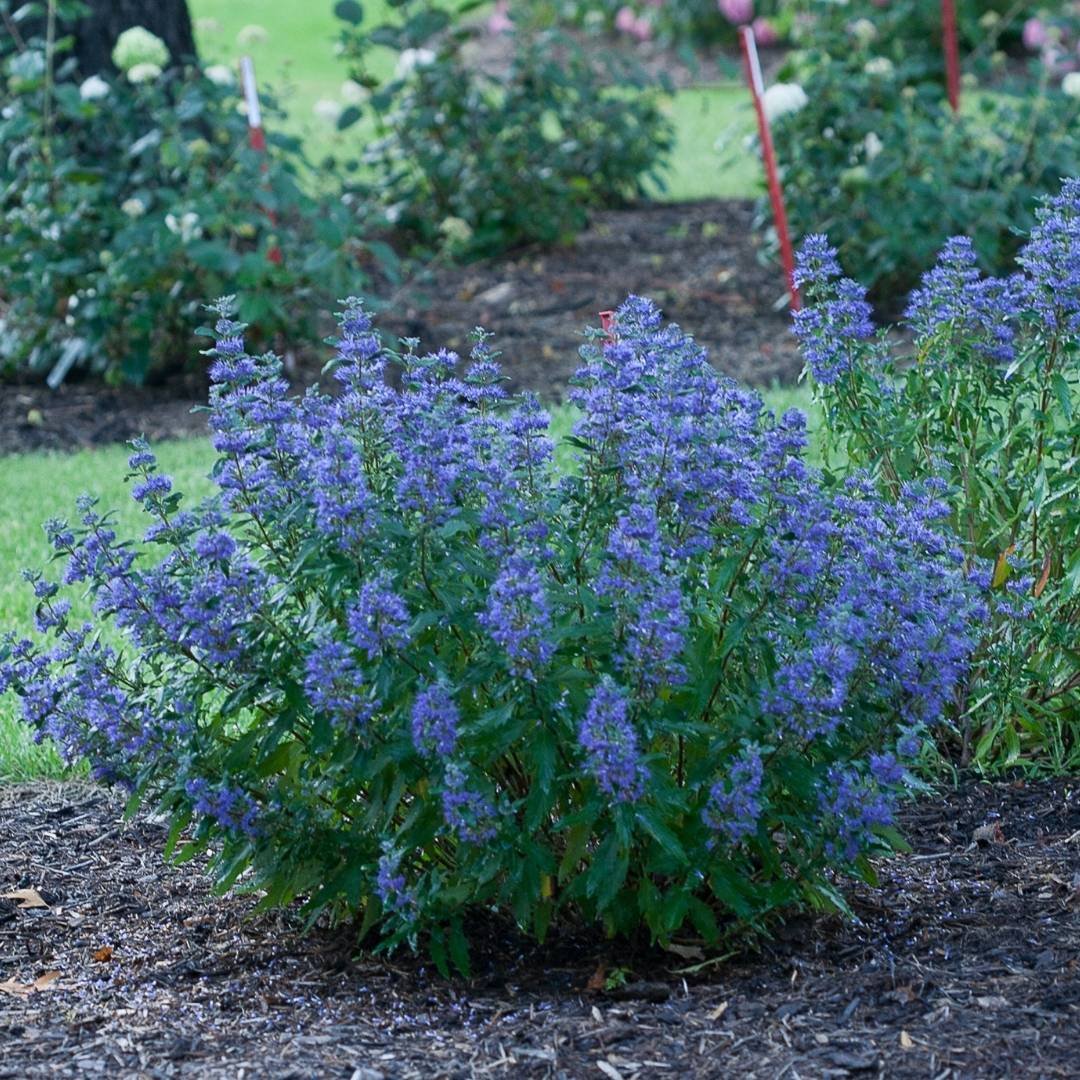
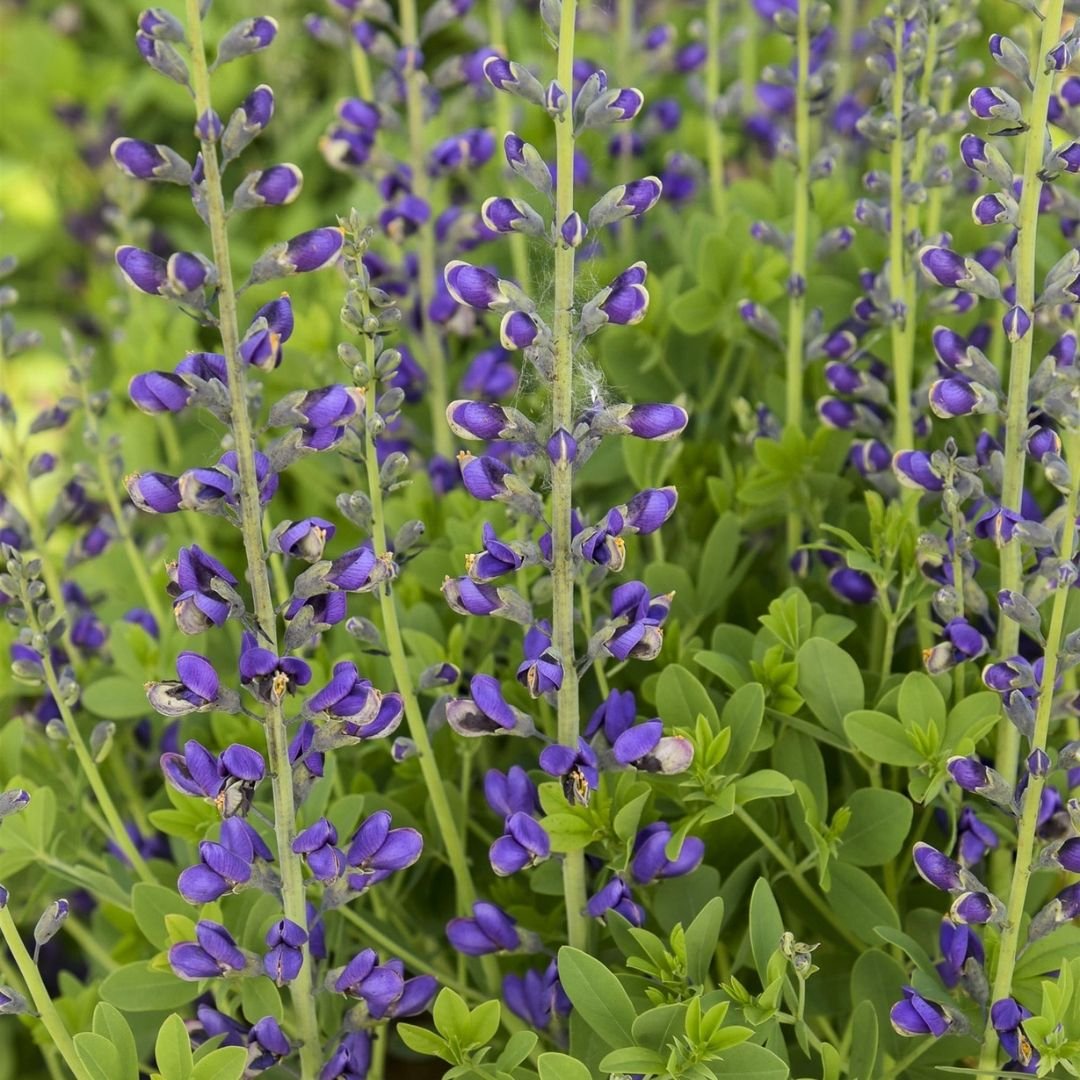
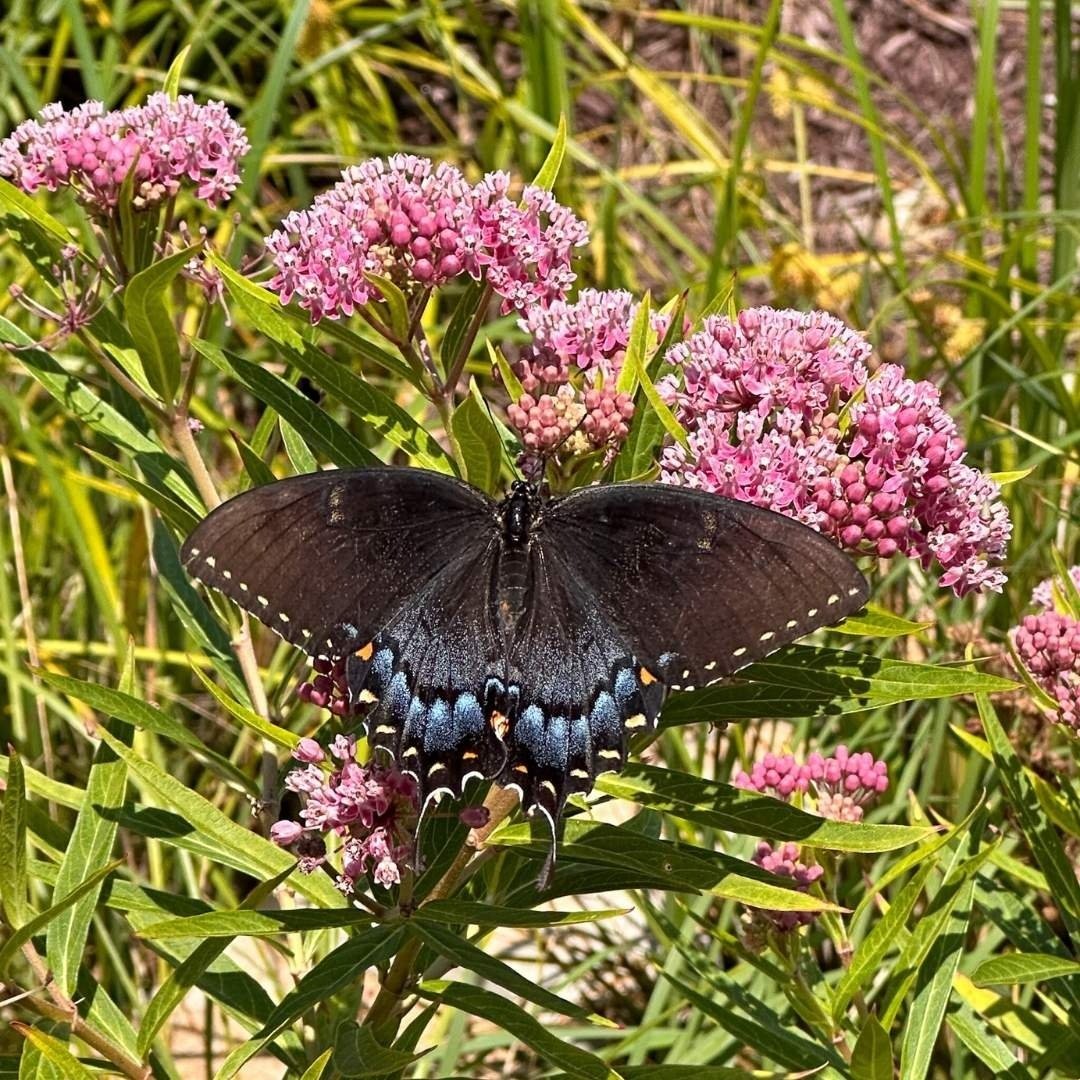

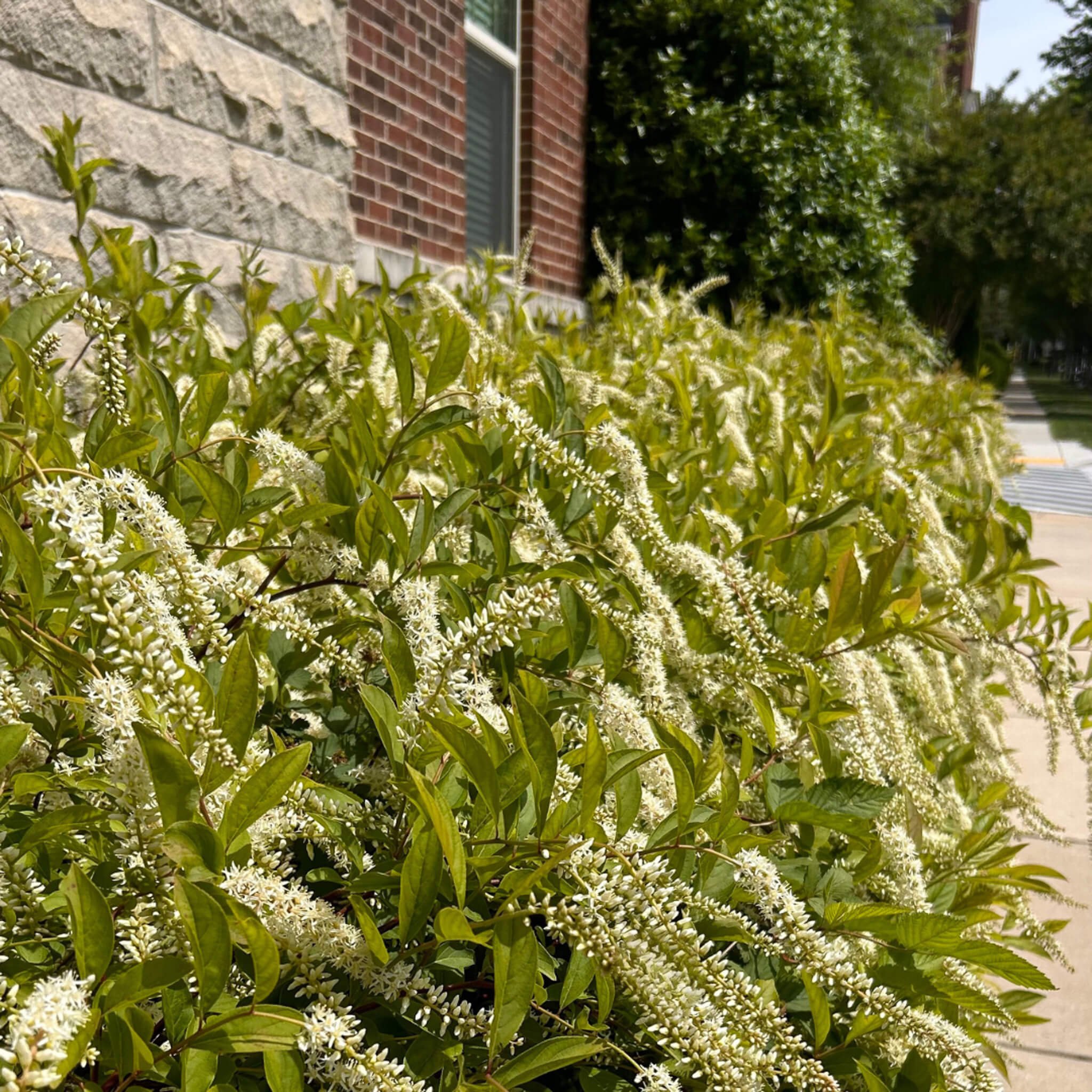
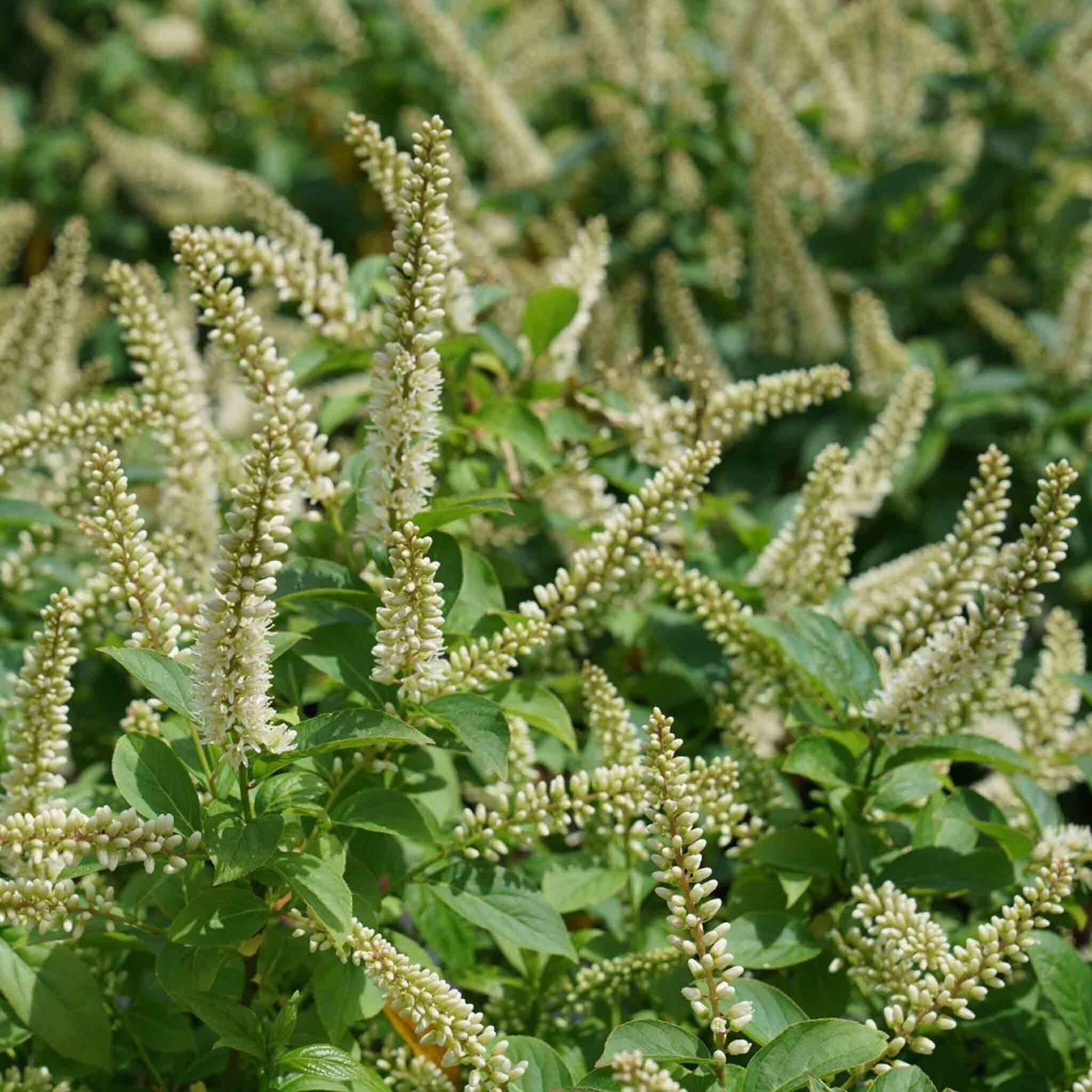
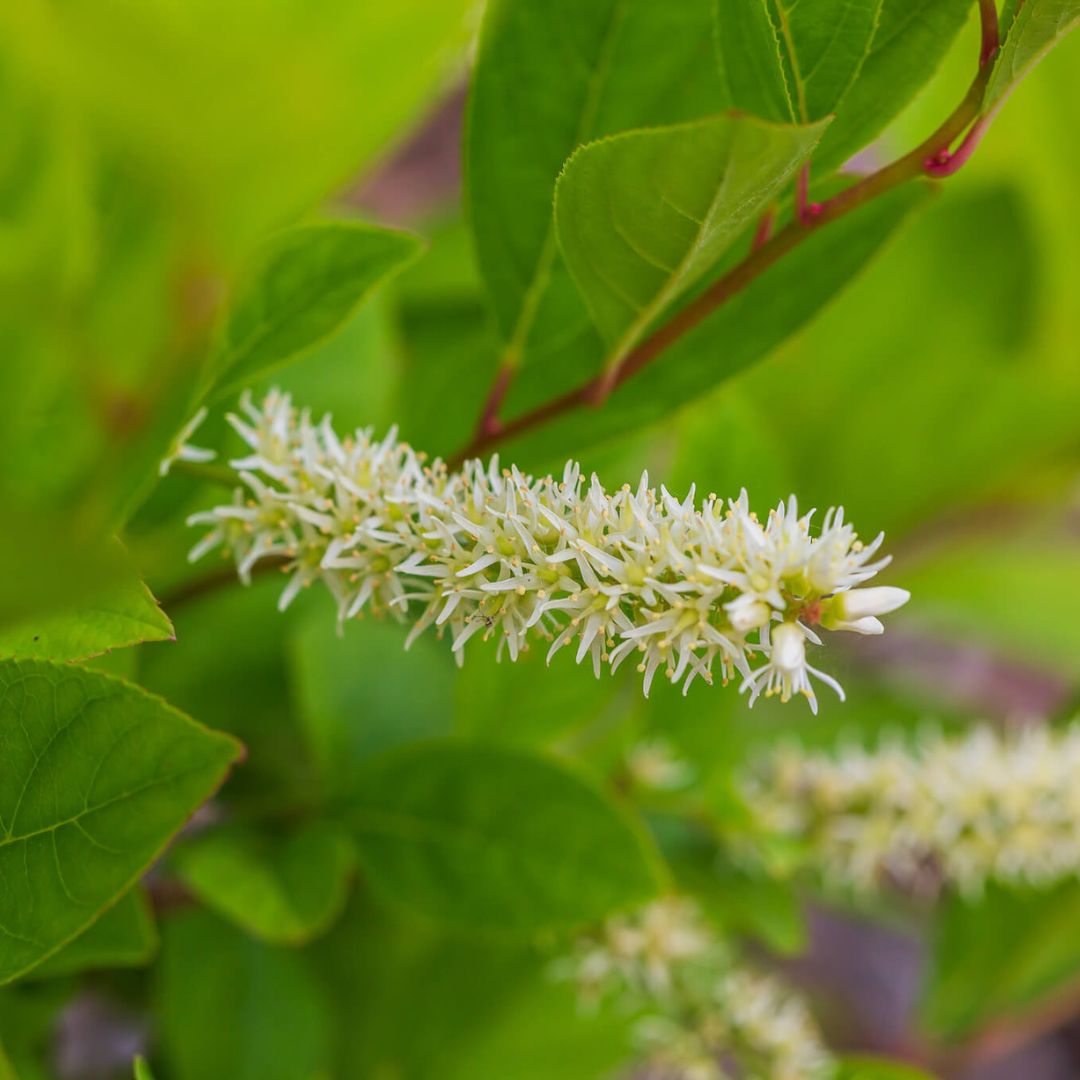



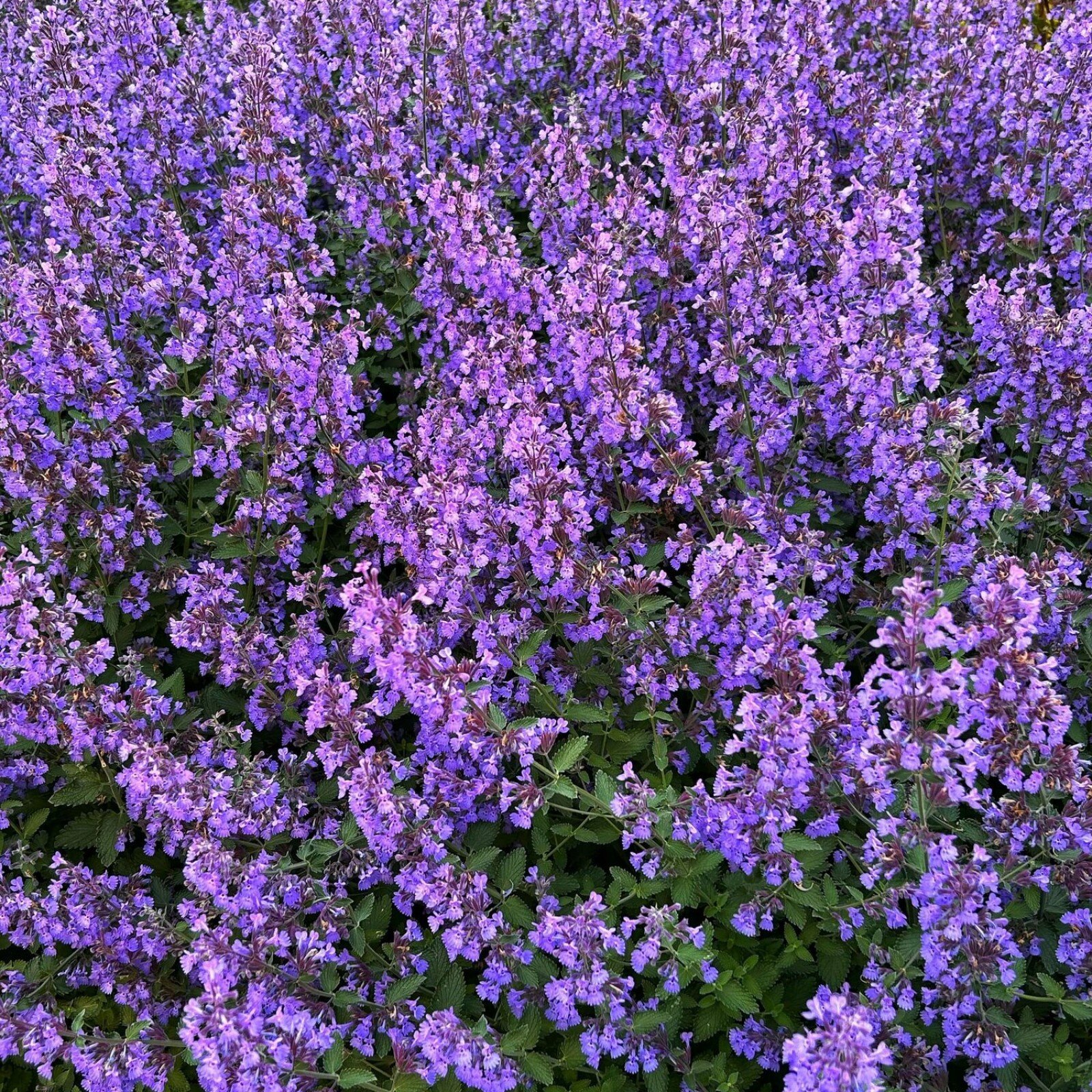

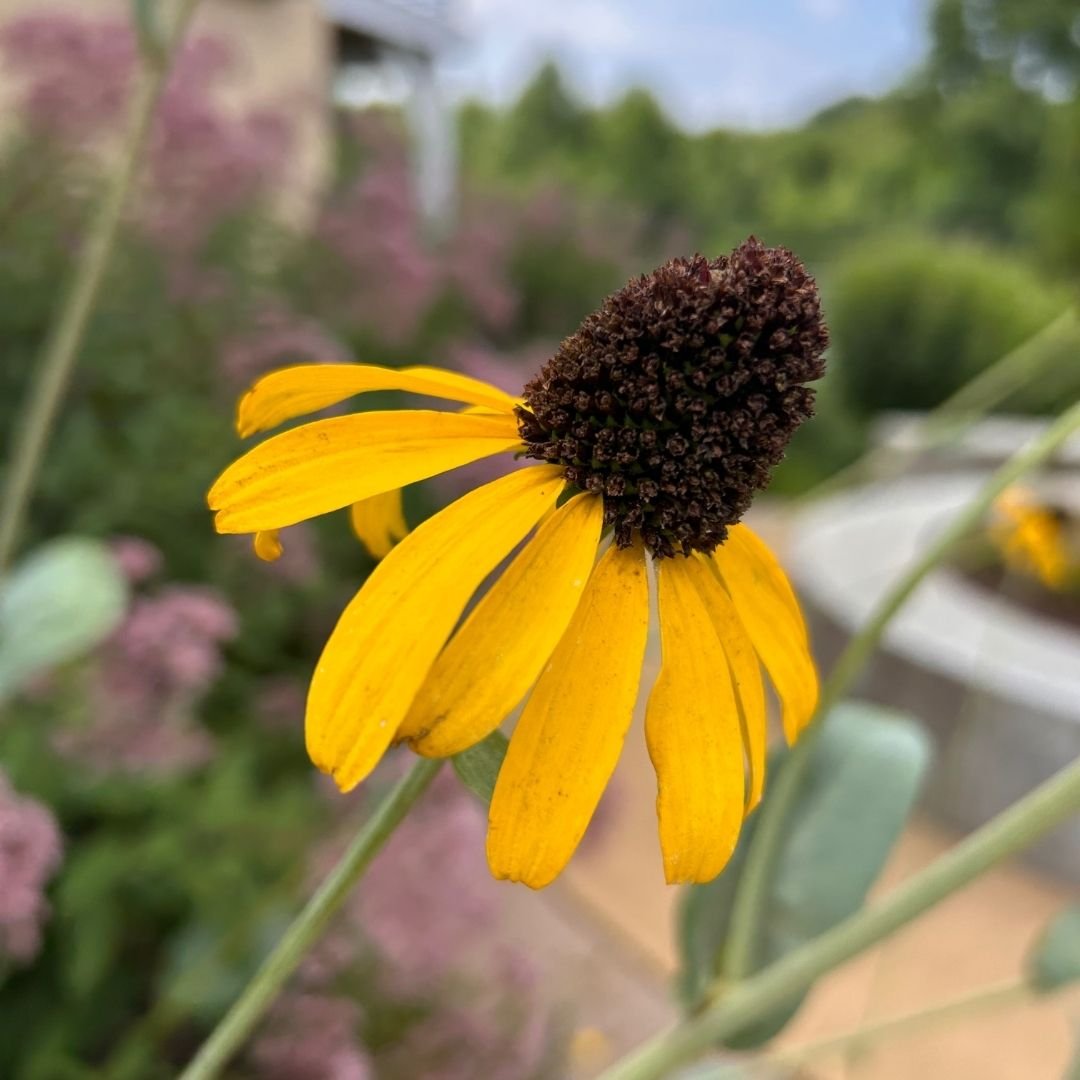


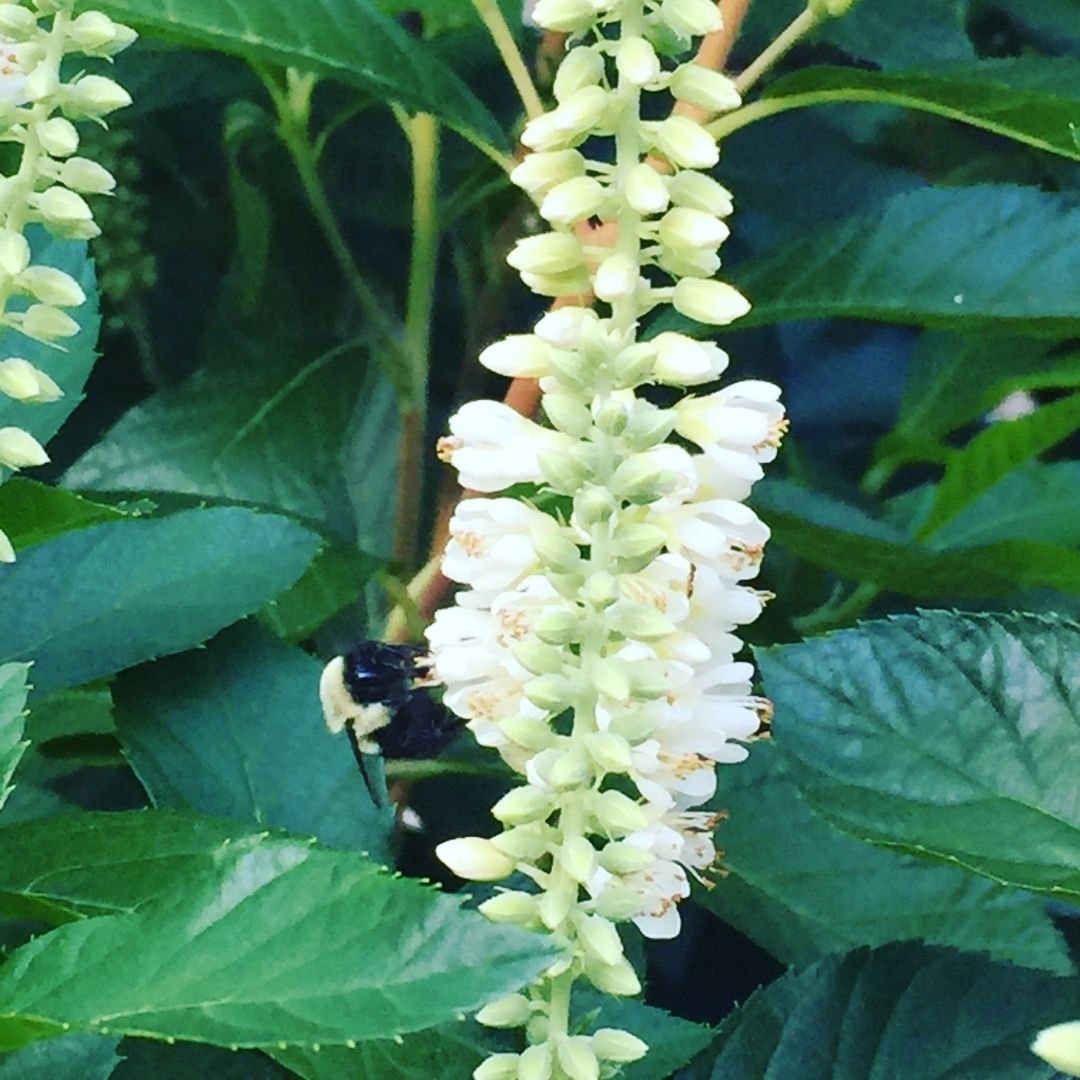



A Deer Resistant Shrub With Pink Flowers